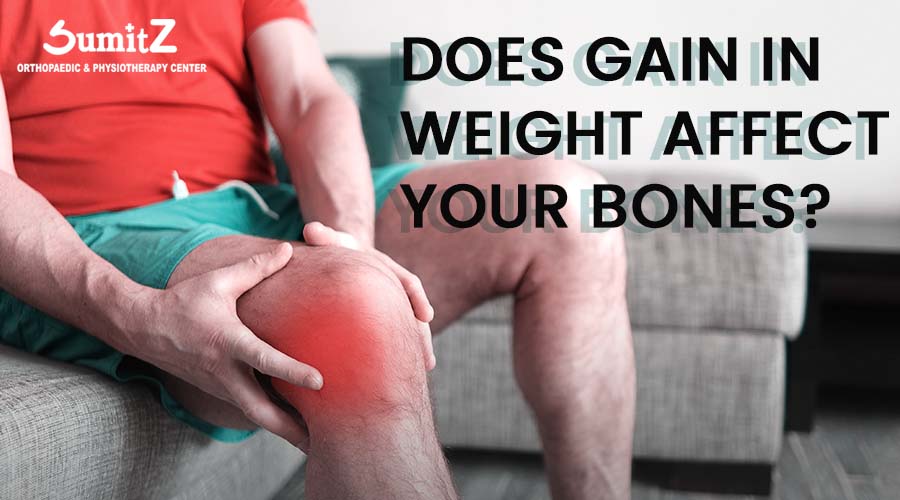
Research shows that being obese can lead to a decrease in bone density which further leads to diseases like osteoporosis. The rapid increase in weight often leads to knee pain and also increases the risk of fracture even in those with normal bone density.
Overweight and obesity identify as excessive fat that can lead to many diseases. BMI is a simple ratio of height to weight that is used to differentiate between overweight and obesity. Patients who are obese have a greater risk of falling and breaking bones. It is used to be thinking if you are overweight your bones were support more weight and your bones become better.
They have greater bone density. Bone density is increased when you do tasks that put stress on the bone structure like weight lifting or in this case carrying around excess weight.
Adipose tissue consists mainly of fat cells which are divided into fat lobules by thin layers of loose connective tissue and are widely distributed in the organs. It is involved in body construction and energy storage and vital endocrine organ. Adipose tissue utilizes a primary function in obesity and related diseases.
However, since losing weight is so advantageous for health regardless of bone density issues, researchers said that adding supplements in your diet with calcium, vitamin D, vitamin K2, and strontium can also help boost bone density. Age-related reduction in muscle mass can be prevented or reversed with proper exercise.
Obesity frequently provides soft tissue damage and osteoarthritis—developing wear and tear disease of the joints. The effect of obesity is especially felt in osteoarthritis of the hip and knee joints. Every pound of body weight places four to six pounds of pressure and force on each knee joint.
Osteosarcopenic
Abdominal fat (fat found in other places in the body) has a more harmful impact on bone and muscle strength and can also boost swelling. Here are separate tests to gauge obesity, bone density, and muscle mass. so those who have BMI (body mass index) above 30 might be at risk for osteosarcopenic obesity.
Osteoporosis.
An adult has 206 bones in their body. People can have different numbers of rib bones and bones in their body parts that make doctors average the number of bones in a skeleton. We found when people have Bones Osteoporosis, they have thinning bones so we called that different people had different bones densities. The interesting thing that is justified in this quest is heavy people with a BMI over 33 never get Osteoporosis.
For postmenopausal women, Osteoporosis is considered a major public health problem. After five to seven years of menopause, low estrogenic levels lead to rapid bone loss in women.
Different age groups with different problems with bones
Childhood obesity is a major problem because it affects the growth patterns of children and adolescents.Children affected by obesity may develop accelerated skeletal maturity and advanced bone age beyond their actual age.
You must perform the following activities in order to gain bone strength and decrease obesity.
Make time to perform physical activity for at least 20 to 60 minutes.
Keep an active behavior, go on a long walk with your friends, and use stairs instead of the lift.
Encourage physical activity in the daily lifestyle, count steps daily and set a target for the next day.
A healthy diet is also important, don’t depend solely on exercise.
If you have any questions related to any disease or diet, you can always contact us. For more information stay updated on our blogs
For more updates visit best physiotherapy clinic in pune, you can follow us on Instagram and Facebook. You can also DM us for any query.